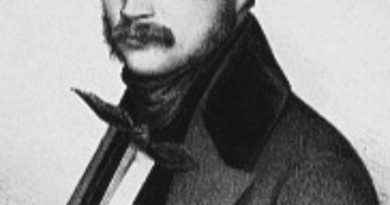D Flat Major piano scale

Here is the D Flat Major Scale on piano, in three octaves.

Looking for Piano Direction?
With your FREE Jazzedge Academy account you can access all of our Piano Blueprints and our exclusive 30-Day Piano Playbook. This includes sheet music and backing tracks.
No credit card or payment required. Just great free jazz and blues lessons.

The key signature of D flat major key has five flats and Its relative minor scale is B flat min. The parallel minor scale of D flat major key is D flat minor: sometimes it is replaced by C sharp min, because D flat min that would contain a double flat in the key signature, is not often used for practical composing or arranging.
D flat major key is enharmonic to C sharp maj key. For the harp, D flat maj would be better, not only because the harp strings are more resonant in the flat position, but also for the reason that modulating to the dominant key is easier.
Famous Classical Masterpieces in D Flat Major key
In his Prelude Number 15 in D flat major key, titled Raindrop, and his Fantasy-Impromptu, Frederic Chopin changes from D flat maj key to C sharp min key for the middle section in the parallel minor scale or key.
Other well known pieces in D flat major scale
- H. Berlioz defined D flat major key “majestic” in his 1856 Grand Tractate of Modern Instrumentation and Orchestration and had a much different opinion of its enharmonic key.
- C. M. Widor thought D flat major was the best scale for flute music.
- P. I. Tchaikovsky’s Piano Concerto Number 1 is written in B flat min, but the well-known starting theme is in D flat maj key.
- G. Mahler ended his last 9th Symphony with an adagio in D flat maj key, instead of the home key of D maj of the 1th movement.
- A. Dvořák composed the 2th movement of his New World Symphony in D flat major.



